Despite talk of a coming onslaught of Android alternatives, almost all consumer tablet conversations begin and end with Apple’s iPad.
Almost No One Is Even Considering Buying An Android Tablet Over iPad


Despite talk of a coming onslaught of Android alternatives, almost all consumer tablet conversations begin and end with Apple’s iPad.

No smartphone’s security is absolutely failproof, but if you want your smartphone to be secure, buy an iPhone over an Android device. 99% of all Android devices are easily attacked, and it all has to do with Android’s notorious fragmentation problems when compared with iOS.

Is Steve Jobs the MC Hammer of tablet computing? ‘Can’t Touch This could be the message behind a 115-page report which gives thumbs-down on Android as unable to compete with Apple’s iPad.
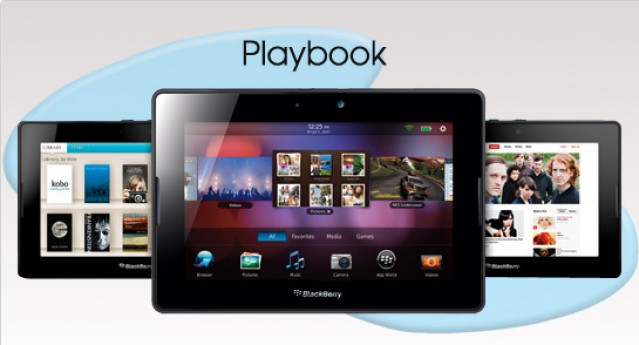
Retailers have announced the U.K. launch date of RIM’s BlackBerry PlayBook today, in addition to a price list that matches that of Apple’s iPad 2. But who will buy it?

Apple is still yet to announce an official launch date for the iPad 2 in Taiwan, but some sources are claiming the device is set to hit the country before the month is out, while Android tablets in the country are suffering from its delay.

Why is the iPad winning the tablet war? Look beyond the sexy package to the nitty-gritty of Apple’s retail and marketing expertise, offers Nvidia’s CEO. Despite many rivals, the iPad in your hands isn’t likely to become endangered soon.

Seagate is set to launch a new addition to its GoFlex range called the Satellite – a battery-powered hard drive that connects to any device equipped with Wi-Fi, including your iPhone, iPad or iPod touch.

“A club to make them do what we want.” That’s the way one Google executive described the gauntlet device makers must pass to get Android certification. So much for being “open.”
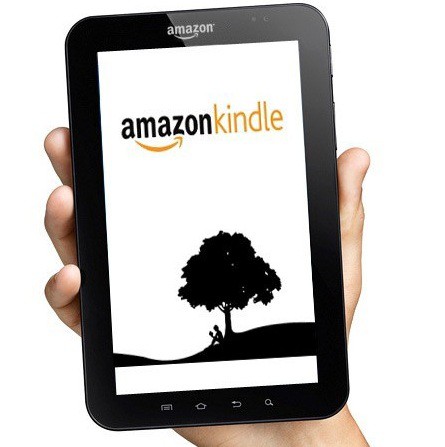
Amazon is preparing a tablet of their own to compete with the iPad, and no lesser a higher-up than CEO Jeff Bezos has all but confirmed it.
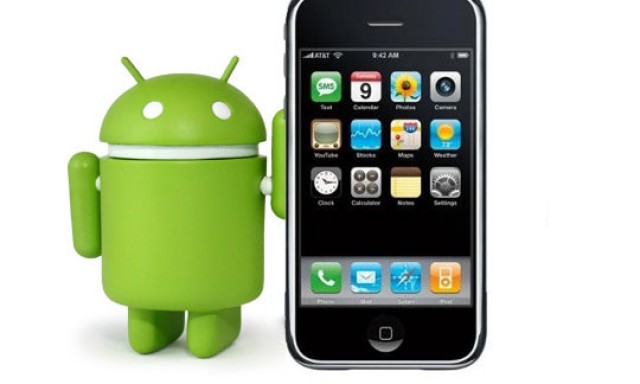
If you’re so inclined and mad enough to try it, you can install Google’s Android operating system on your original iPhone, iPod Touch or iPhone 3Gwith a minimum of fuss, but later iPhones like the iPhone 3GS and iPhone 4, as well as the iPad? A much stickier wicket.

The SyncMate 3 program from Eltima Software has been providing Android users with a way of seamlessly syncing their phones with their Mac for some time, but the latest update integrates support for Android powered tablets as well.

Twitter announced on its blog yesterday that the company is finally rolling out an update to its mobile web application which will integrate HTML5 and introduce some nice new features, meaning it will no longer suck so much under mobile Safari.

Apple has infamously railed on Google for being fragmented on multiple occasions, lambasting the Android-maker for allowing carriers and handset manufacturers to dictate the terms of updating the Android software.
Cupertino was right to criticize: the vast majority of Android smartphone users couldn’t even be reasonably sure before now that they’d even be able to update their operating system in the future. But Google’s made a big step today towards addressing Android fragmentation: they’ve announced a partnership with carriers and handset manufacturers that guarantees that new smartphones will receive Android platform updates for a minimum of eighteen months.
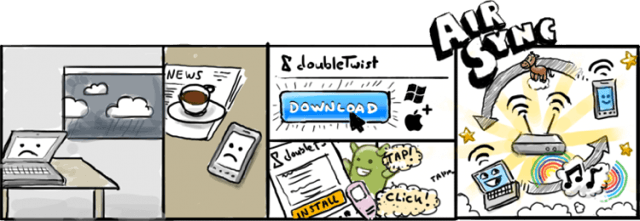
Everyone who owns an Apple TV loves AirPlay – it’s a fantastic way of streaming your moves and music straight to your TV that was previously a luxury only iOS and iTunes users could enjoy. However, thanks to the doubleTwist software, users can now send content to the Apple TV from their Android smartphones.
The doubleTwist software for Mac & PC advertises itself as “the iTunes for Android” and allows you to wirelessly sync your iTunes playlists, photos and videos to your Android phone with the accompanying Android application. Its most recent update introduced the ability to stream all of this content to the Apple TV over AirPlay.

Cloud Player, the recently launched online storage service from Amazon, now works on iOS devices through the Safari web browser. When it first went live, the service – which offers 5GB of storage for free – was only accessible from Flash-supported browsers and Android devices.
When you first navigate to Cloud Player on your iOS device, you are greeted by a warning that tells you your browser isn’t supported. You can just ignore that and proceed into your music collection. Once there, you can use Cloud Player flawlessly: it will pause when you receive push notifications and incoming calls, you’ll get the blue “playing” icon in your device’s status bar, and you can control playback from the buttons in the multitasking tray.

Apple is reportedly working closely with Verizon Wireless to introduce over-the-air software updates to the iPhone with its iOS 5 firmware. Starting this fall, iPhone users will be able to update their iOS software wirelessly, without having to plug the device into iTunes, or involve a computer altogether. It’s a luxury Google Android and Palm webOS users have been enjoying for some time, and Apple’s finally bringing it to iOS.
Multiple sources for 9to5Mac have revealed the feature will debut with iOS 5 and will support subsequent iOS releases. Apparently, Apple already has the technology, but doesn’t want to release it to the masses all at once. It will therefore be available only to Verizon customers initially.
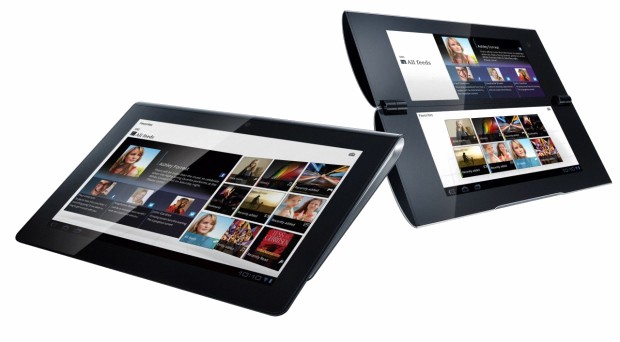
Sony surprised visitors to the Consumer Electronics Show back in January when the company announced its intentions to take second place in the tablet market within a year, despite not having a tablet under its name. But at a media launch in Tokyo on Tuesday, the company announced two new devices that will be coming to take on the iPad this fall.
Identified, for now, by the code names S1 and S2, the new Sony tablets will be powered by the latest Android 3.0 Honeycomb operating system, and will both feature Wi-Fi and 3G/4G capabilities. The S1 will feature a 9.4-inch display and a Tegra 2 processor, with an “off-centre of gravity design.” It will also boast an IR port for controlling Sony’s line of Bravia televisions.
The S2 has two 5.5-inch displays with a foldable design; which can be used independently to display different functions, or together for browsing websites and other tasks.
Sony chose not to reveal any further details about either tablet, disclaiming that “design and specifications are subject to change without notice.” Both devices will be compatible with selected PlayStation games, and are scheduled for a worldwide launch this coming fall.
The S1 certainly looks like a pretty swanky tablet in the picture above, but I’m sure I like the foldable design that comes with the S2. Until we know more details about each device’s technical specifications, it’s hard to determine whether these Sony tablets will worthy adversaries for the iPad 2. However, I can’t imagine Sony would release them if they weren’t strong contenders.
[via AppleInsider]
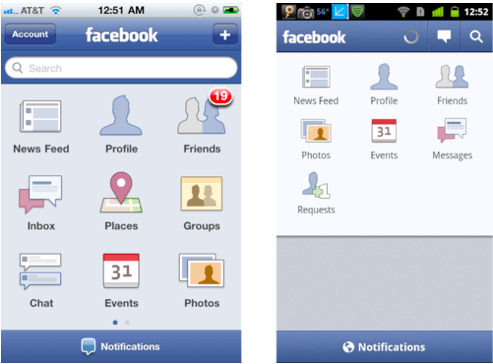
The App Store has spawned some pretty good looking applications for iOS devices; apps for iPhone and iPad are largely renowned for their simplicity and alluring design. With that said, you’d think iOS applications that have an Android sibling – from the same developer – would be just as pretty, right? Wrong.
Here’s a gallery of screenshots that compares iOS apps with their Android versions and highlights some of the differences:
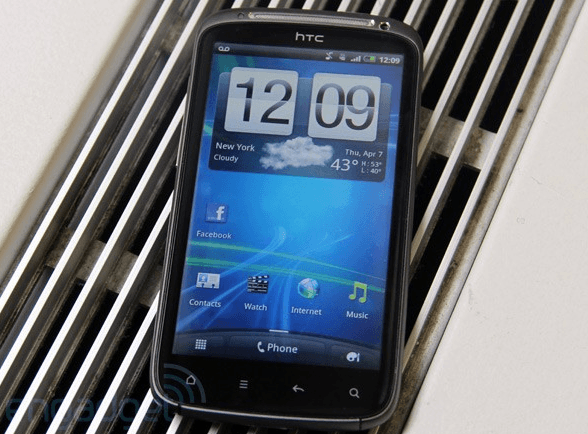
At an event in London today, HTC unveiled a brand new addition to its ever growing smartphone lineup called the Sensation 4G. Boasting 4G data connectivity, a Super LCD screen, and a dual-core 1.2 GHz Snapdragon CPU, the Sensation is a worthy adversary for the iPhone 4. So how do the two compare?
We’ve created a great little comparison that compares all of the main specifications, helping you decide which device deserved your hard earned cash. Check it out after the break!
![Another Way To Sell Android Phones [Funny Video] 20110406-android-dancer.jpg](https://www.cultofmac.com/wp-content/uploads/2011/04/20110406-android-dancer.jpg)
It’s another one of those Android marketing meetings.
Big Boss is angry.
“We tried radical,” he fumes. “You gave me radical, but it’s not good enough.”
You’re right boss, you say. Not good enough.

Late tonight, Amazon took the wraps off of Amazon Cloud Drive and Cloud Player, free services for network storage and playback of MP3s and DRM-free iTunes audio files. Just as Ed predicted. Anyone with an Amazon account can sign up for 5 GB of space, and then you just upload your music library for access through any Flash-based browser or a brand-new Android app. From now forward, any Amazon MP3 store purchase will automatically be added to your Cloud Drive and won’t count against your storage quota. Larger capacities are available at $1 per GB per year starting at 20 GB.
In almost every regard, it’s exactly like Lala, the totally amazing cloud music service that Apple bought almost a year and a half ago and then promptly shut down. The only difference is that Lala also offered 10-cent song purchases for cloud-only use (as opposed to downloaded for offline use). This makes it all the more ridiculous that Apple still doesn’t have a cloud music service released. We’ve been hearing for some time that the iTunes Locker will arrive any day to offer something comparable, but Amazon’s move shows just how much Apple has slow-played its move toward streaming.
It would actually be fascinating to see Amazon release an iOS client for Cloud Player to really hold Apple’s feet to the fire. My over-riding concern with what I’ve heard about iTunes Locker is that Apple wouldn’t even match Lala’s old ability to offer songs from your entire music library and would instead offer access only to iTunes purchases. With Amazon offering something this simple and successful, Apple will have to go all out. This is why real competition is a very good thing for Apple users — it forces the company to leap over its own bar, not just hit it. Moreover, it will mean pushing ahead even if terms with record labels aren’t perfectly favorable.
— Sent in by everyone in my Twitter feed.
UPDATE: I’ve just discovered that if you visit your Cloud Drive through Mobile Safari, it is possible to play back audio on an iPhone, but only one track at a time through downloads. Hardly a useable solution, but an interesting trick nonetheless.
Now, far more useful is that you can also play back video loaded into the Cloud Drive on an iPhone, so long as it’s in a format Safari supports (preferably H.264). Amazon isn’t making a big deal out of video yet, but there is definite potential here. Especially if the geniuses at VLC or Plex figure out how to pull down a stream from your Cloud Drive…

Like one of the commenters says, “What other phone platform has a mascot THIS cool????”

OK, so imagine you’re in one of those Android marketing meetings. Big Boss needs ideas for the new advertising campaign.
“Apple’s just so far ahead,” says Big Boss. “We need something radical to pull in customers.”
Radical, huh? you say.
“Yeah. We need color, action. Bad language. We need everything you never see in an Apple advert. And none of that plinky-plonky background music.”
You think for a minute.
OK boss, you say. How about something like… this?

I know, it may seem like blasphemy to some of our readers (does it? Feel free to weigh in), but some Mac owners have (gasp) Android phones. For them, then, the release yesterday of TeamViewer for Android will let them access their Macs from their Droid-like phone of choice, for free — just as iPhone and iPad users have been able to do for about a year or so now.
Just install the desktop client on your Mac, pop the app on a suitable phone and you’re pretty much good to go. TeamViewer works with Windows (and Linux) boxes too; though if you’re a Windows user with an Android phone, the Cult of Mac logo is probably starting to burn your retinas right about now.

Microsoft’s recently-announced partnership with Nokia will significantly increase the chances of both Apple and Nokia settling their bitter patent infringement lawsuits against each other, says a long-time intellectual property activist who keeps a close eye on the patent strategies of the tech world’s largest firms.